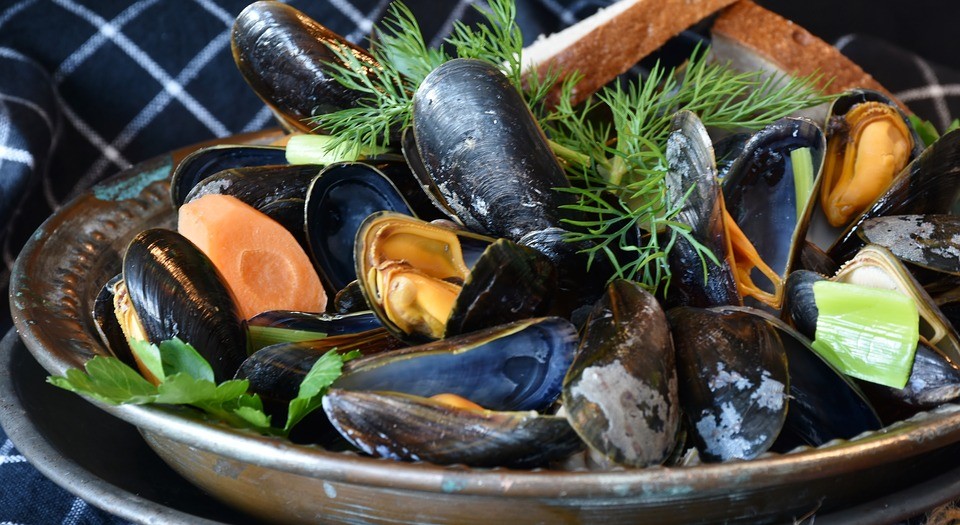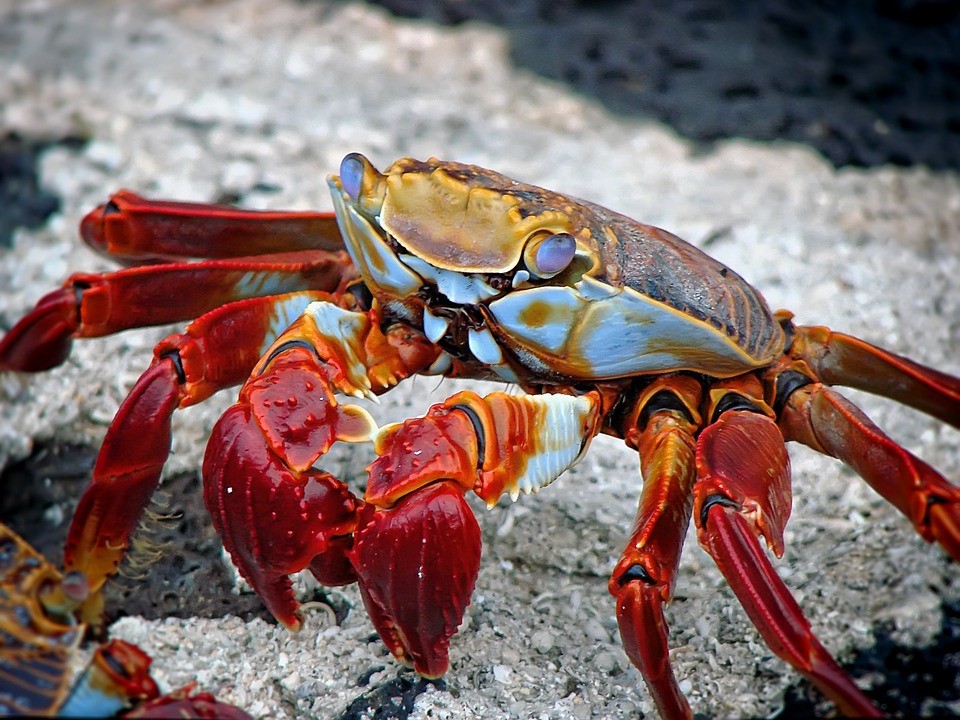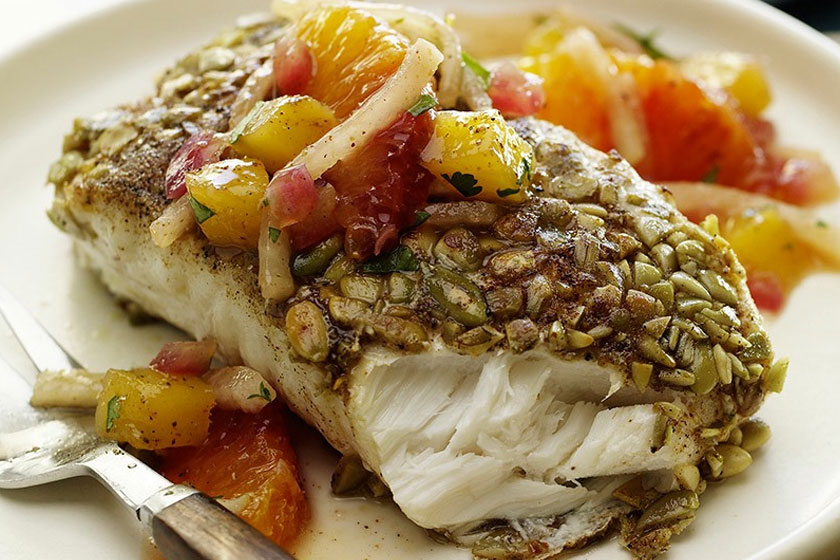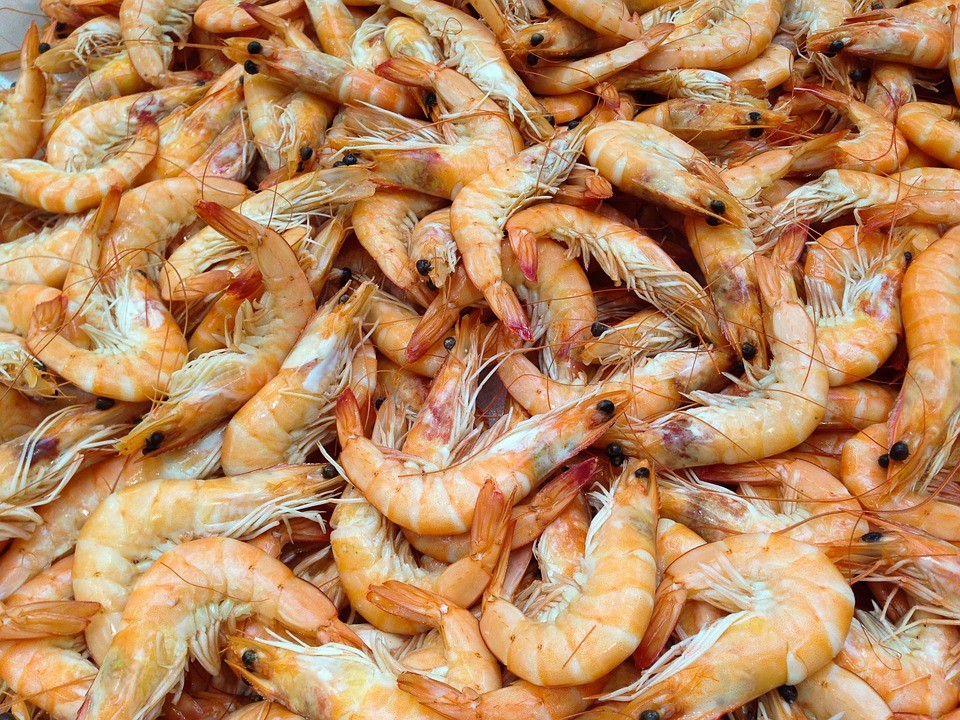Articles
8 Ways to Cook Seafood Right
In a recent article, we gave you three basic tips on how to choose, prep, and cook your fish. Now let’s take it a few steps further to make sure your selection and preparation are as good as it can be.
Cooking fish can be a real challenge, even for seasoned chefs, so there are several things you need to carefully consider.
Thawing your fish or shellfish the right way can make all the difference. For a quick thaw, place your fish in a zip-lock freezer bag and put it in a container filled with cold water. Make sure your bag doesn’t have any holes because it will make the fish harder to cook.
Don’t be tempted to leave your seafood out at room temperature, or worse, use hot water. This provides an excellent breeding ground for bad bacteria.
Don’t remove the skin before cooking. The skin comes off much easier after it’s cooked, but at the same time, crispy fish skin is another reason to love seafood!
This ties in nicely with our next tip: We recommend that you use a spatula to flip your fish instead of a pair of tongs, which can easily penetrate the skin layer.
The outer layer of skin is actually there for a very good reason. Without it, all the delicious juices will go to waste. Too much poking and prodding while your fish is cooking can cause this outer layer to come off.
Herb Crusted Fish with Jicama Salad
Just like meat, fish can benefit from a really good marinade. Feel free to experiment with inventive marinades, but keep this in mind: don’t put too much salt in the marinade. Most of the salt will settle at the bottom of the liquid, so if you were counting on this to flavor your fish, you might be disappointed. Instead, rub the salt along with other dry ingredients (i.e. spices and seasoning) directly on the fish, and then marinade it. Don’t marinade your fish for too long because this will make it soggy.
For shrimps, a minute and a half is just the right amount of cooking time. If you really want to be sure they’re cooked just right, observe their shape. If they are shaped like a “C” then that means they’re good to go. Straight shapes mean they’re undercooked and “O” shapes mean they’re overcooked.
And finally, the most important piece of advice: make sure to turn up the heat before you take the plunge. Your pan or grill must be searing hot. A good rule of thumb is to put the heat on medium and wait three to five minutes before putting your seafood in. Doing so will ensure that you leave none of the scrumptious bits behind when you’re done.
Stick to these guidelines and you’re well on your way to cooking a fabulous seafood feast. Let us know how they worked for you by leaving a comment below!




